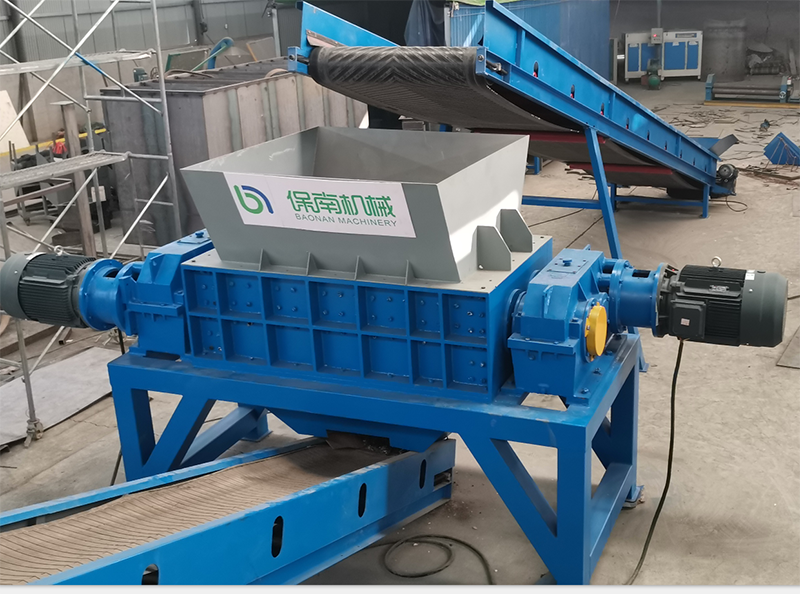
10 月 . 06, 2024 12:01 Back to list
How Do You Recycle Electronics?
In today’s rapidly evolving technological landscape, electronic devices have become integral to our daily lives. However, as new gadgets continuously emerge, the question of what to do with outdated or broken electronics is increasingly pressing. Electronic waste, or e-waste, poses significant environmental hazards if not properly managed. Recycling electronics is one vital solution to mitigate these risks while promoting sustainability. But how exactly do you recycle electronics?
Understanding E-Waste
E-waste includes discarded electronic devices such as smartphones, computers, televisions, and appliances. These items often contain hazardous materials like lead, mercury, and cadmium that can contaminate soil and water if disposed of improperly. Additionally, e-waste is growing faster than any other waste stream worldwide, with an estimated 50 million metric tons generated each year. This underscores the importance of adopting effective recycling practices.
Steps to Recycling Electronics
1. Evaluate Your Devices Before recycling, take stock of your electronic items. Determine which devices are broken and need recycling and which can be reused or resold. Devices in working condition can often be donated or sold.
2. Find a Reputable E-Waste Recycler Once you’ve identified the electronics to recycle, research local recycling facilities. Look for certified e-waste recyclers, such as those accredited by the e-Stewards or Responsible Recycling (R2) programs. These certifications ensure that your devices will be handled responsibly and sustainably.

3. Prepare Your Electronics Before dropping off your devices, remove any personal data. For computers and smartphones, this involves factory resetting the device. Don't forget to remove accessories like batteries, as some recyclers have specific guidelines for these items.
4. Locate Drop-off Points Many retailers, municipalities, and non-profit organizations offer e-waste recycling programs. Popular stores such as Best Buy or Staples often provide drop-off locations. Additionally, some cities have designated e-waste collection events or permanent drop-off centers.
5. Participate in Manufacturer Take-back Programs Some electronics manufacturers have their own recycling programs. Companies like Apple and Dell allow customers to return their products for recycling either through mail or at designated retail locations. Check the manufacturer’s website for specific details about their programs.
6. Educate Others Encouraging friends and family to recycle their electronics can amplify the impact. Share information about local recycling options and the importance of responsible e-waste disposal.
The Benefits of Recycling Electronics
Recycling electronics helps conserve natural resources, as many components can be reused. For instance, precious metals like gold and copper can be extracted and utilized in new products. Moreover, proper recycling minimizes the harmful environmental effects associated with e-waste, safeguarding ecosystems and human health.
In conclusion, recycling electronics is a crucial step towards a sustainable future. By taking the necessary steps to recycle your old devices, you contribute to both environmental protection and resource conservation. Embrace the challenge, spread awareness, and be part of the solution in managing e-waste responsibly. Each small action counts toward a larger effort to create a cleaner, greener planet.
Latest news
Unveiling the Power of Eddy Current Separator
NewsSep.25,2024
Transform Your Home Recyclin:home metal shredder
NewsSep.25,2024
The Future of Waste Management with Recycling Line Picker
NewsSep.25,2024
The Benefits of a Metal Recycling Plant
NewsSep.25,2024
Revolutionize Material Separation with Onwang Technology
NewsSep.25,2024
Innovative Waste Management: Unveiling the MSW Sorting Plant
NewsSep.25,2024